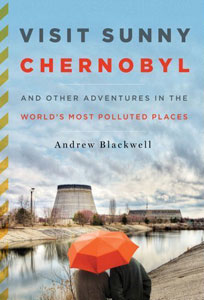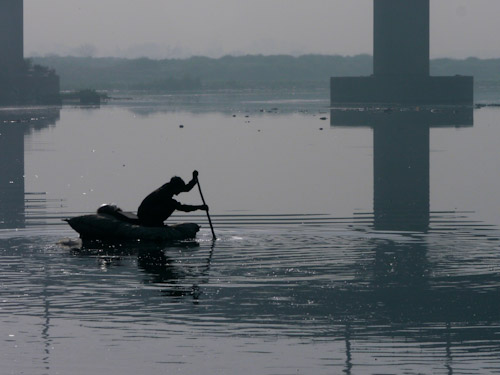
Journalist Andrew Blackwell traveled to seven of the most polluted places on the planet: from the nuclear disaster zone of Chernobyl, to the smog-ridden city of Linfen, China, to the Great Pacific Garbage Patch. In his new book, Visit Sunny Chernobyl, Blackwell details his often humorously grotesque experiences hanging out in these past and present eco-disasters. In The Fray culture editor Susan M. Lee talked with him about his travels, the unique charm of the globe’s dirtiest corners, and the myth of pristine nature in an age of climate change. (Disclosure: Andrew Blackwell is president of ITF’s board of directors.)
You were inspired to write this book by a trip to India that you took years ago.
I heard how polluted Kanpur was supposed to be. It had just been named the most polluted city in India by the government. And it certainly lived up to that expectation. But I learned, after the fact, that I really enjoyed my time there — strictly as an interesting place to visit. So I had this flash: I just realized that, almost because they were polluted, there were all these places around the world that you would never really bother to visit, that you were missing out on because they had this stigma of pollution attached to them.
Did you have any expectations of what you would find, before you started out on your trips?
I thought the destinations would be a lot grosser than they were. As I went along, I realized I was in danger of not getting enough grossness in, and doing my due diligence for a book about pollution. Fortunately, I ended up being fazed by the Yamuna River in northern India in the last chapter. There was no way to say that it didn’t smell really, really gross. But otherwise, the visceral sensory experience of the locations was not nearly as intense or offensive as I expected. But that might have something to do with my message, which was not to find the grossest place but to find places that were the ultimate examples of a particular kind of environmental problem. And that didn’t always line up with the place being unpleasant.
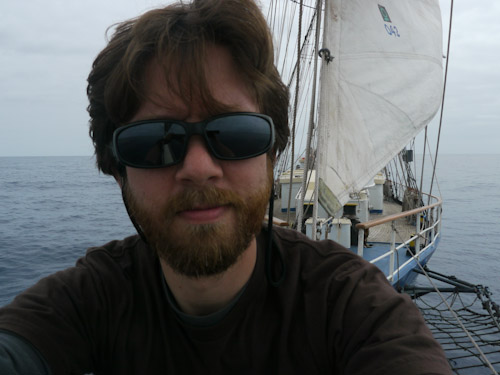
What did you enjoy the most on these trips? What were the highlights?
In almost every case, it was experiences I had with people I met. I think that’s often true either about reporting or about travel. It’s less about whether you saw this or that building and more about the kinds of people you met.
In Chernobyl, my guides Dennis and Nikolai and I are drinking and totally wasted. And I see they are thinking, “Oh, he’s not joking — he really wants to see what’s fun and interesting about this town, not just what the horror story is.” People do respond to your curiosity and sincerity. Like the time with the sadhus [ascetic, nomadic Indian monks]. I’m with these guys and they’re wearing robes and paint and we’re camping in the countryside and they’re completely taking care of me and feeding me. They were so friendly and solicitous, almost to a degree that they drove me insane. That was a special experience.
What were some of the challenges you encountered in writing about the world’s most polluted places?
Some of the regular problems of traveling, such as: I don’t speak Chinese and I don’t speak Portuguese. On a topical level, while these places are real and their [environmental] issues are all real — and I certainly don’t want to be thought of debunking these issues — they’re often hyped. Maybe not by serious journalists, but at a popular level. A lot of the time, I did go into each location expecting it to be more spectacular. What I realized was that the story was more subtle and much harder.
But I think it ended up making the book stronger in the end — that struggle became a theme in the book. For example, that popular image of the Great Pacific Garbage Patch as a solid mass is not true. But it’s still a powerful image that persists, even in the minds of people fighting the problem.

In the book, there seems to be a recurring theme of problematic ways of viewing nature, even by modern environmentalists. Could you talk a little about these alternate views of nature?
Inside the U.S., in the environmental movement, there is this foment right now with traditionalists, who draw their spiritual energy as it were from an idea of “pure nature” and restoring as much of the environment to a pure, pre-human phase as possible. That’s not the literal goal, but that is sort of the ideal that drives their entire enterprise.
Then you have these modernist folk, who believe that that is an impossible ideal: holding that ideal actually will leave you to miss out on all kinds of opportunities and will waste your time and energy on causes that aren’t worth it and harmful. They also believe that, yes, ideally it would be great to have that idea of purity and wildness at the center, but we are so far past that being the reality that there has to be something else motivating environmentalism. And what that is, is a recognition that human civilizations are part of nature and that there is no way of knowing what it means to have a pristine environment — and that it doesn’t exist anyway in an era of climate change.
Also, it’s just another form of separation. We’re still seeing nature as separate from human civilization, and that has been half the problem right there. And so the goal really is to find an integrated idea of what a healthy environment is.
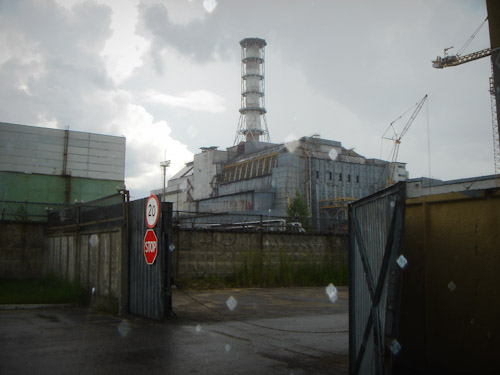
So you’re sort of trying to demystify these polluted places as well as the idea of pristine nature?
Yeah, exactly. There are people out there doing some interesting work on showing ways in which places that are thought of as pristine aren’t. And I’m working from the other end, by finding places that are considered to be horror stories and “anti-nature” and saying it’s also still a place that has nature, wildness, and beauty.
Do you think that your background had anything to do with your desire to write about environmental and industrial issues?
I don’t know what comes from my family or what just comes from me. But my brother was trained as a scientist. Now he works doing visualizations at the California Academy of Sciences. My dad is an engineer. His dad was an engineer. And I have a cousin who’s a geologist. So science has always been special to me.
I grew up mostly in Seattle, but before that our family lived in Japan for three years. I lived in Japan for first, second, and third grade. And we also did a lot of traveling in the summer since we were in Asia. We went to Indonesia, Singapore, and a number of other places. That was a really formative, great experience. Just that a place can be bizarre and strange and can be welcoming and fun. I think Japanese culture especially, at least thirty years ago, was extremely safe — and people were friendly, probably because I was American and different and had blond hair.
If you could have included other places, which ones would they be?
I wanted to go to the oil fields in the Niger Delta. Two things kept me from doing that. The two or three people I talked to sort of were cautious. You want to make sure you’re in safe spots. And also I didn’t want half the book to be about oil-related locations. I wanted a better spread.
I really wanted to see ship breaking in India or Bangladesh — these incredible beaches where they tear ships apart. The world is just a candy store for this stuff.
Interview has been condensed and edited.
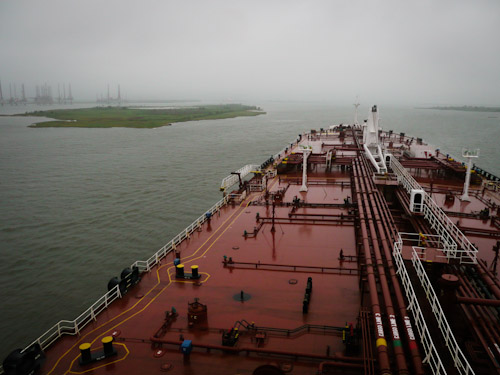
Susan M. Lee Susan M. Lee, previously In The Fray's culture editor, is a freelance researcher and writer based in Brooklyn. She also facilitates interviews for StoryCorps, a national oral history project. In her spare time, she maintains the blog Field Notes and Observations.
- Follow us on Twitter: @inthefray
- Comment on stories or like us on Facebook
- Subscribe to our free email newsletter
- Send us your writing, photography, or artwork
- Republish our Creative Commons-licensed content


